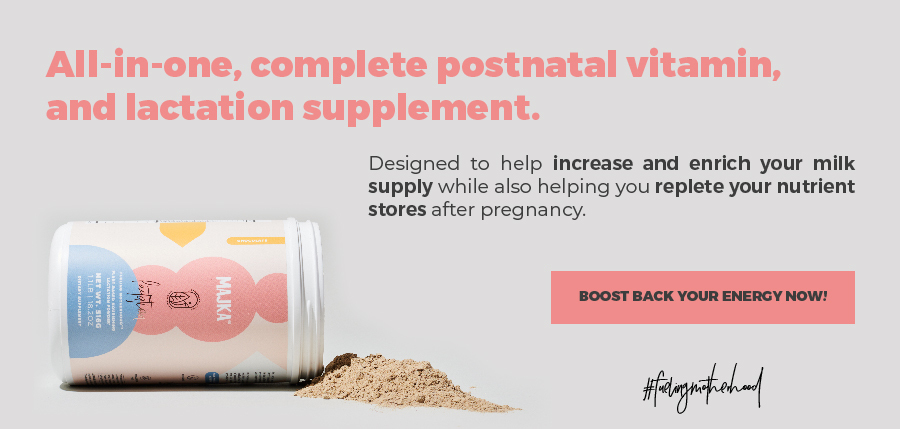
Successful attachment to the breast is very important. A deep latch is achieved when the baby has latched to the breast, and not the nipple. Breast tissue is in the baby’s mouth and they are able to press their chin against the breast and use their tongue to properly transfer milk from the breast and into their mouth.
Tips to successfully latch your baby:
- Start with being skin to skin with your baby. This can mean having your baby in a diaper on your bare chest.
- Turn your baby towards your body so that you are “tummy to tummy” .
- Use your hand to shape your breast to help the baby latch, but make sure your hand is far enough away from the nipple so it does not interfere with a wide latch.
- Align your nipple with the baby’s nose (“nose to nipple”). The nipple will point up towards the roof of the baby’s mouth.
- Place your other hand between the baby’s shoulder blades and gently bring the baby towards your breast. (The baby will come to the breast instead of your breast coming to the baby).
- As the baby latches, their chin will plant into the breast tissue and their neck will extend back into a “sniffing position”.
- This is a great video by Global Health Media on how to latch your baby.
Signs of a deep latch:
- The chin is pressed into the breast.
- The nose is not pressed into the breast but pointed upward into a “sniffing” position.
- The nipple and a large portion of the areola and breast tissue is in the baby’s mouth.
- The baby will suck and pause and show visible and audible signs of swallowing.
- The baby is able to stay latched to the breast without popping on and off.
- The nipple is round when the baby lets go of the breast.
Once you are latched, don’t forget to lean back and get comfortable, and enjoy this beautiful time with your baby!
Annie Rueb






